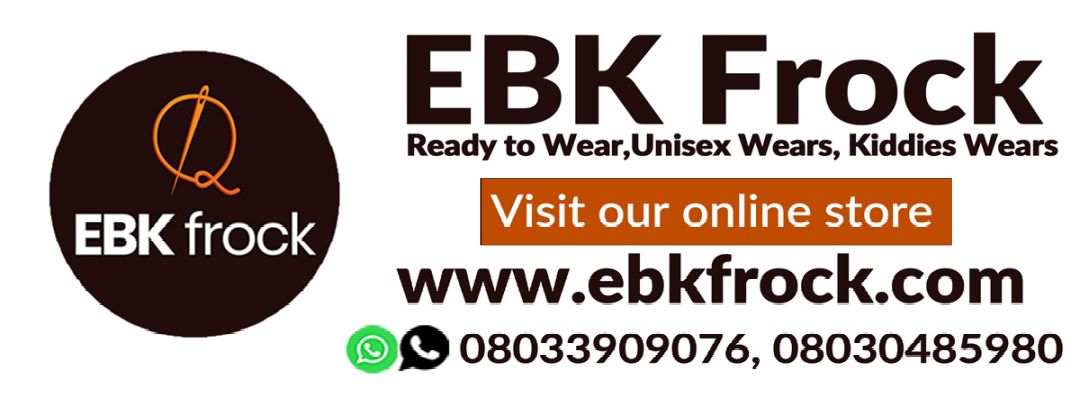The German economy is in a broad-based recession as a result of supply and demand shocks. For the time being, no end to the Russian invasion of Ukraine is expected. This results in high risks with regard to a comprehensive energy supply in Germany and high energy costs for the entire economy.

In addition, the global supply networks are suffering from the tension caused by the pandemic. There is also the danger that rising labor costs will further worsen the competitiveness of companies and their sales opportunities. The high inflation rates are sapping the purchasing power of private households. In view of the uncertain economic prospects, companies are holding back on their investments. The global economy is losing momentum and this is affecting German export business. All of this weighs on aggregate demand across the board.
Against this background, the real gross domestic product in Germany on average in 2022 will be just under 1¼ percent above the previous year’s level. Economic output will begin to decline in the third quarter of 2022 and will only increase again in the third quarter of 2023. This recovery will intensify over the course of 2023 if the various supply problems gradually recede and the associated negative price effects subside. The inflation rate will be around 8 percent in 2022 and is expected to be over 5 percent in the coming year as well.
For the annual average in 2023, a decline in real gross domestic product of 1 ¾ percent is expected. Real private consumer spending will be 2¼ percent below the previous year’s level. A decline in construction investments is expected for 2022 and 2023. Investments in equipment are only making little headway.
This means that the investment gap resulting from the pandemic will not be closed by the end of 2023. Foreign trade also remains slowed down in the context of the weak global economy. For the time being, this poor macroeconomic environment will only have a moderate impact on the labor market.
The unemployment rate will rise to a good 5 ¾ percent on average in 2023. With persistent burdens at the current level, long-term consequences for the economic structure, the labor market and the associated standard of living are to be feared. This means that the investment gap resulting from the pandemic will not be closed by the end of 2023. Foreign trade also remains slowed down in the context of the weak global economy.
For the time being, this poor macroeconomic environment will only have a moderate impact on the labor market. The unemployment rate will rise to a good 5 ¾ percent on average in 2023. With persistent burdens at the current level, long-term consequences for the economic structure, the labor market and the associated standard of living are to be feared.
This means that the investment gap resulting from the pandemic will not be closed by the end of 2023. Foreign trade also remains slowed down in the context of the weak global economy. For the time being, this poor macroeconomic environment will only have a moderate impact on the labor market. The unemployment rate will rise to a good 5 ¾ percent on average in 2023.
With persistent burdens at the current level, long-term consequences for the economic structure, the labor market and the associated standard of living are to be feared. The unemployment rate will rise to a good 5 ¾ percent on average in 2023. With persistent burdens at the current level, long-term consequences for the economic structure, the labor market and the associated standard of living are to be feared.
The unemployment rate will rise to a good 5 ¾ percent on average in 2023. With persistent burdens at the current level, long-term consequences for the economic structure, the labor market and the associated standard of living are to be feared.
●Institute of German Economy



